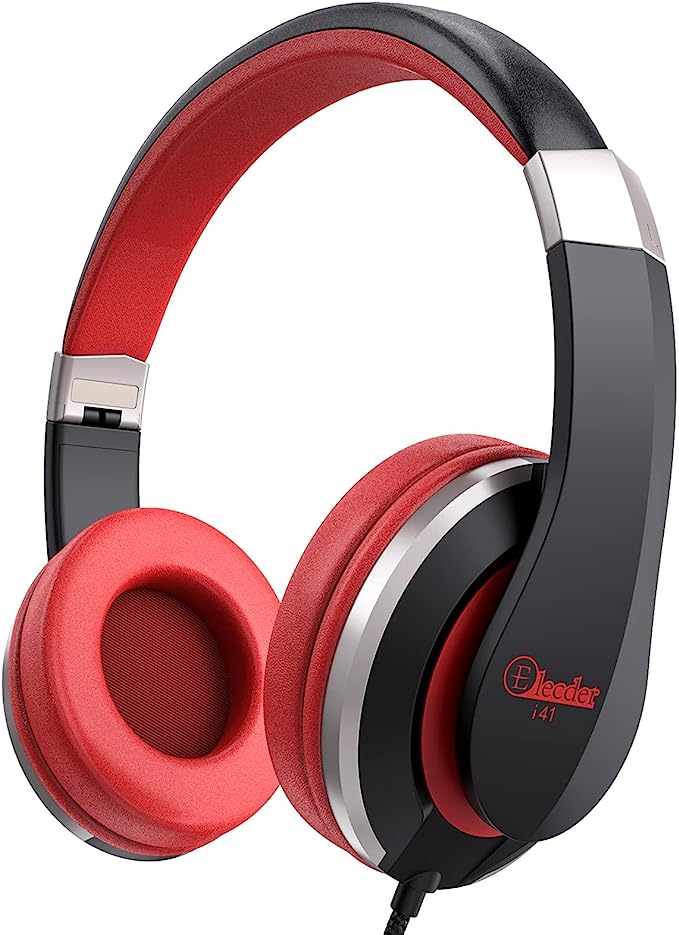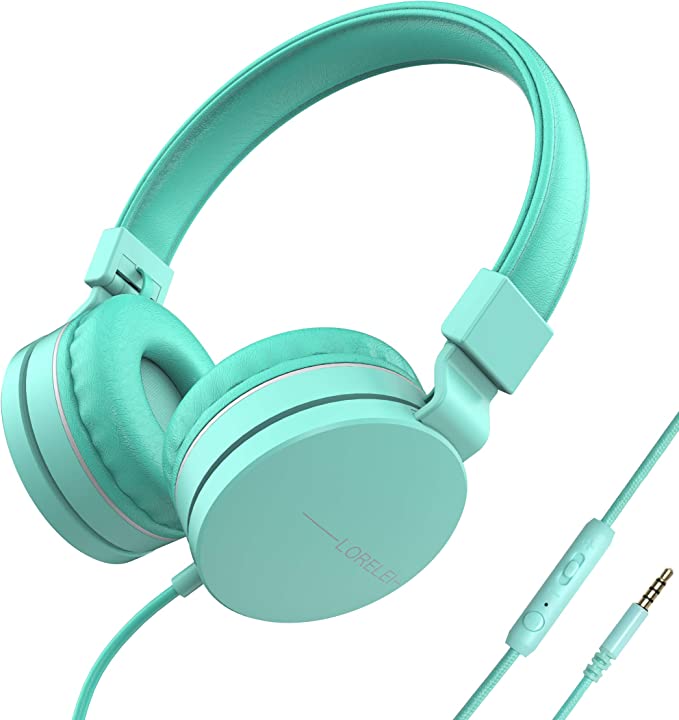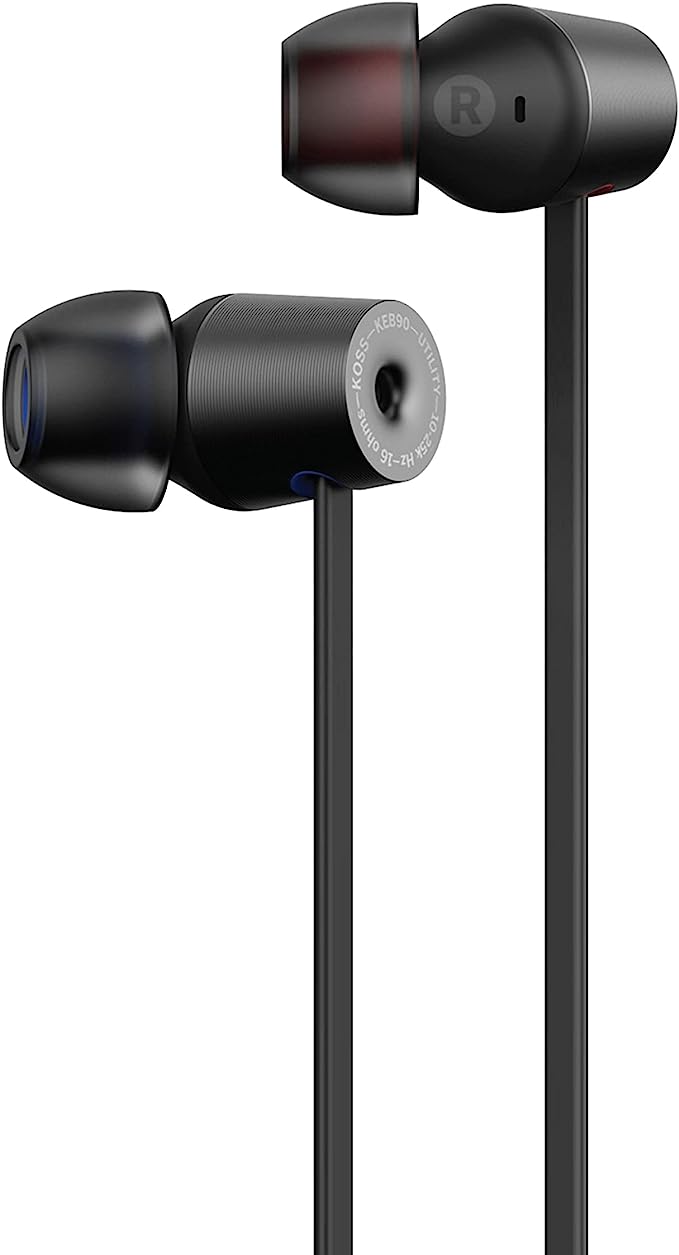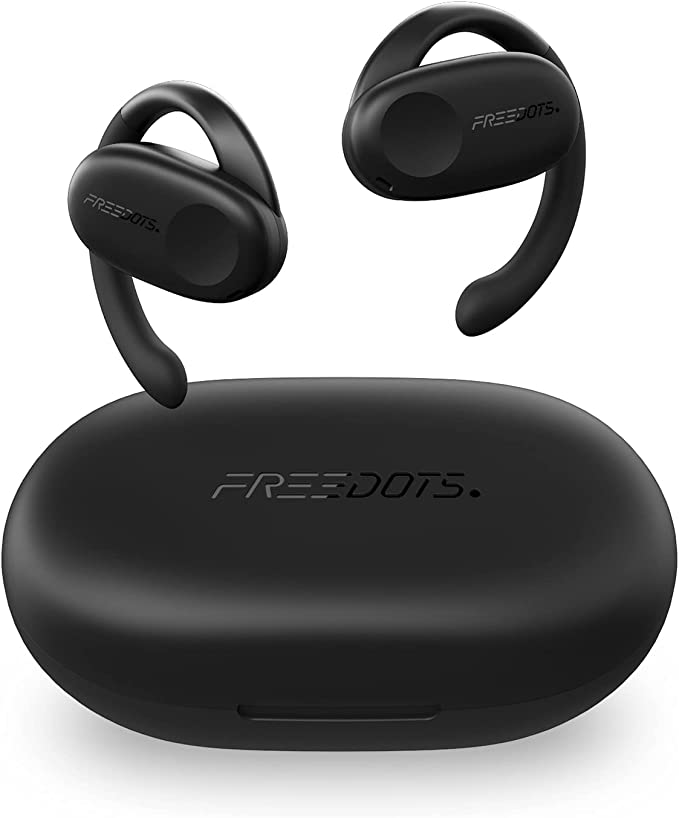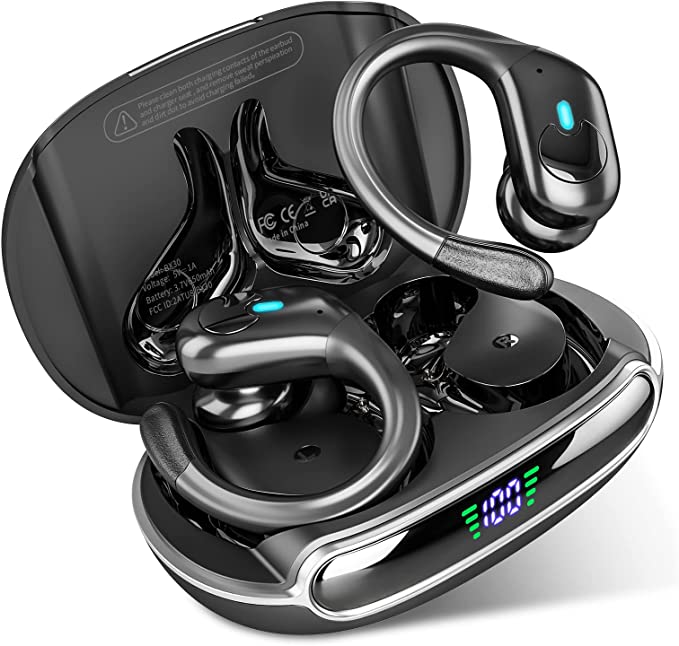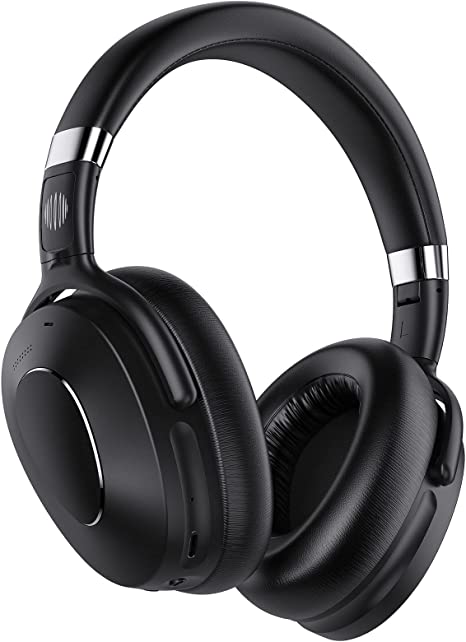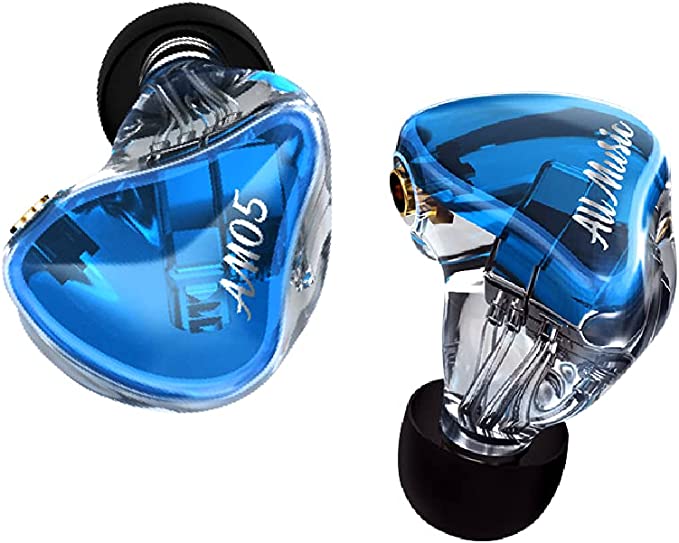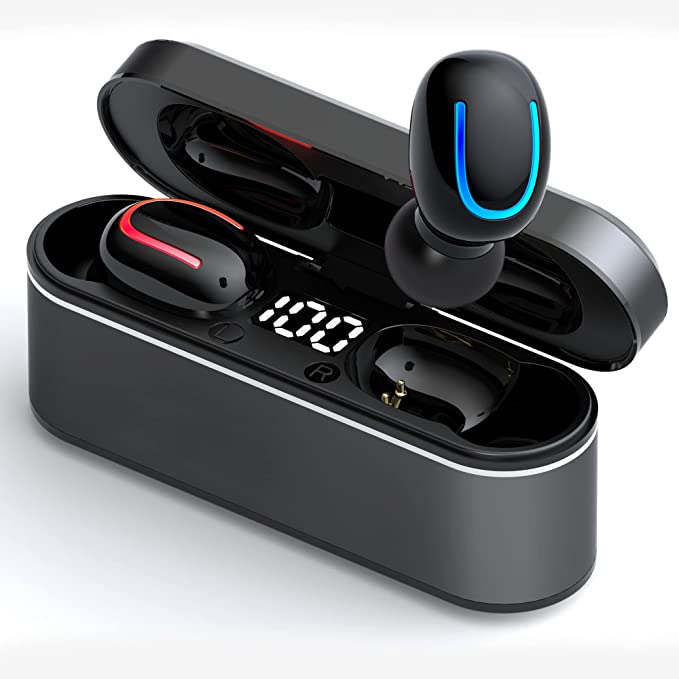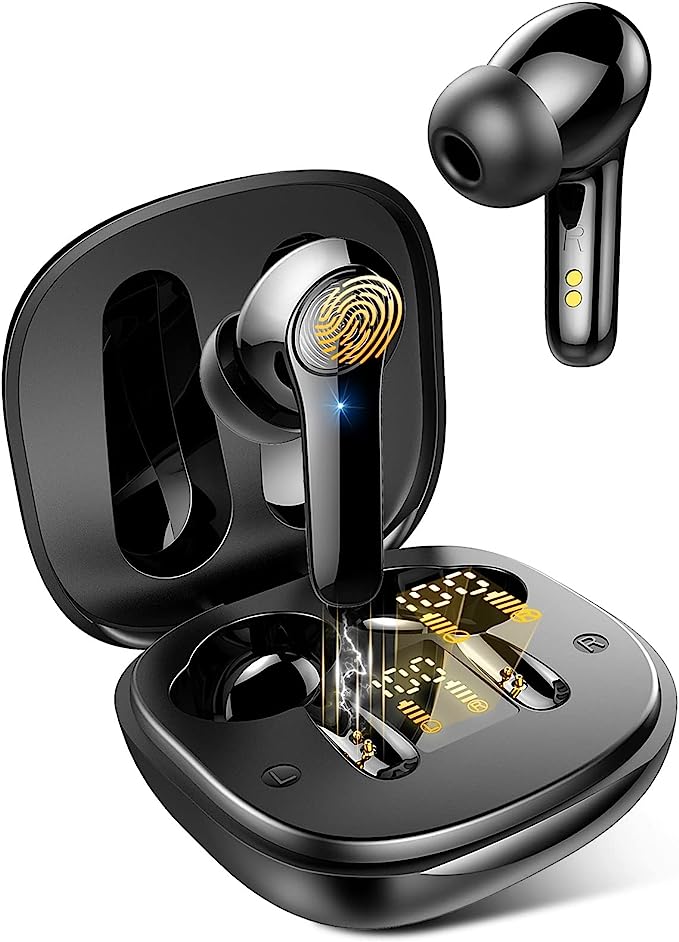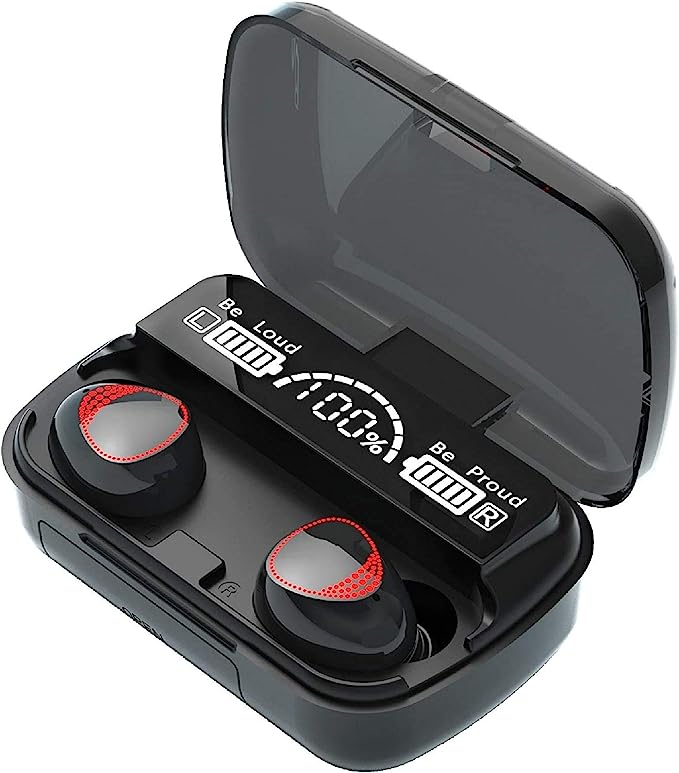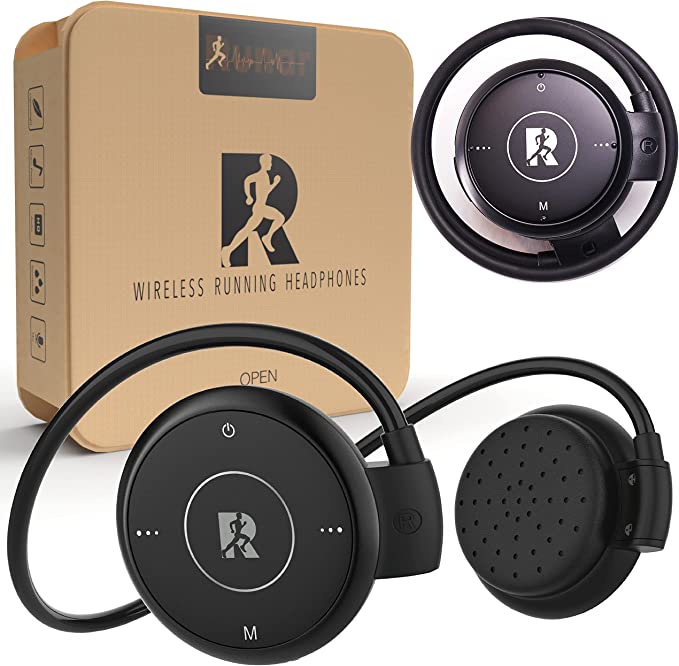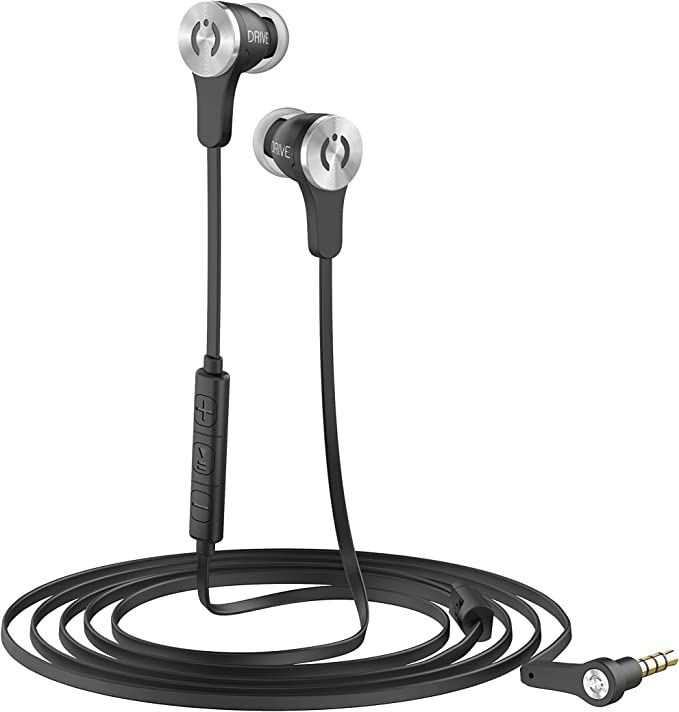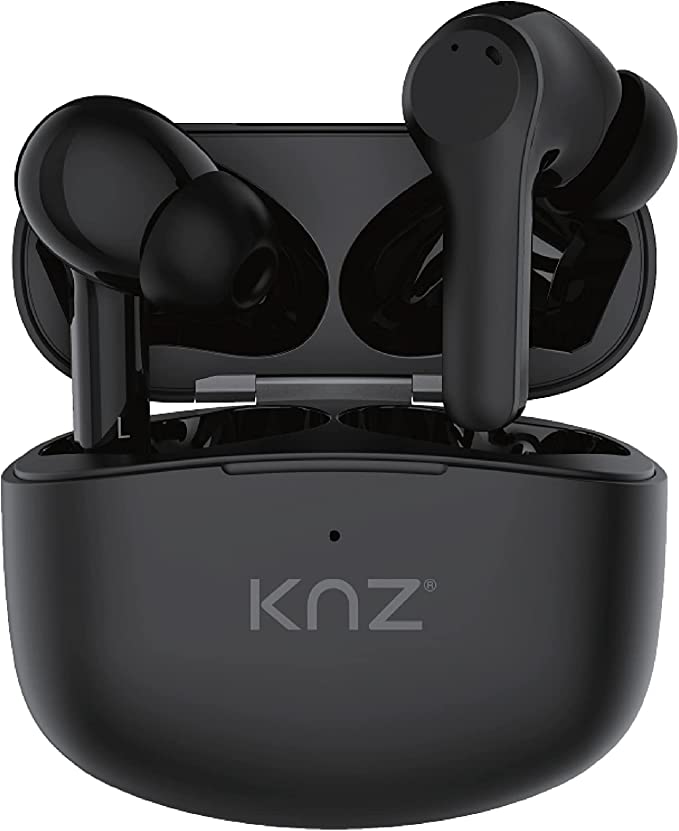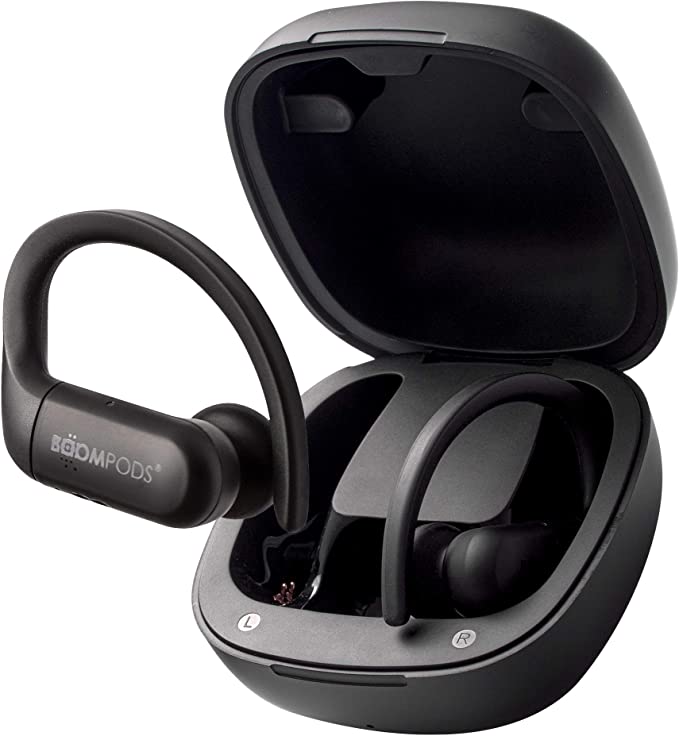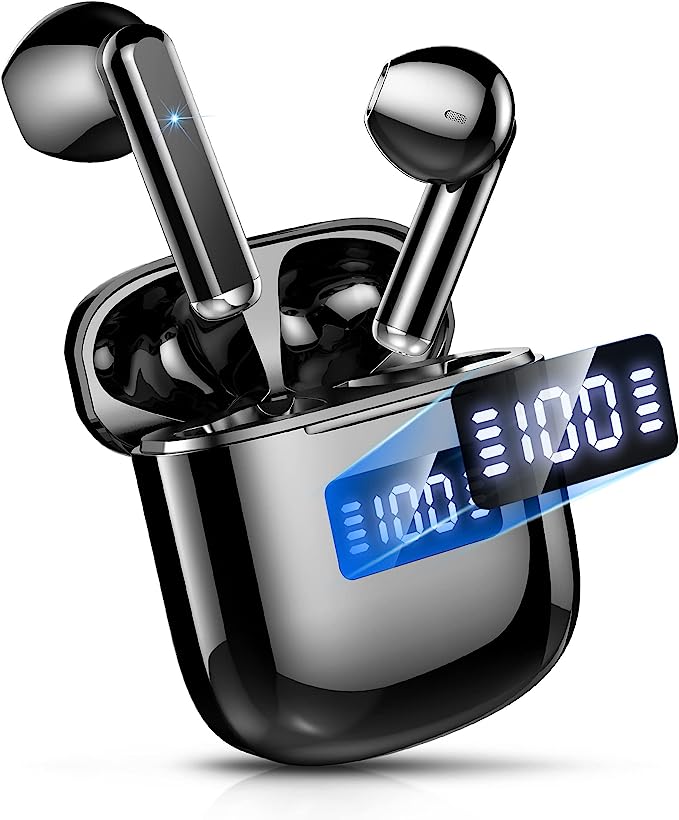How to Build a Consistent Sleep Ecosystem for Your Baby (At Home and on the Go)
Update on Oct. 30, 2025, 7:51 a.m.
Let’s be honest: asking a sleep-deprived parent to learn a new piece of technology can feel like a cruel joke. It’s 3 AM, the baby is wide awake, and you are desperately scrolling, wondering if there is a magic button you can press.
You’ve probably heard of devices like the Hatch Rest, and you might be wondering, “Does it just play white noise? What else does it even do?”
These are excellent questions. But they skip over the most important part of the puzzle.
The secret to better sleep isn’t just one device or one sound. The secret is consistency. The real enemy of your baby’s sleep is disruption: a different room, a new sound, a vacation, a dog barking.
Your goal isn’t just to buy a white noise machine. Your new goal is to become a Sleep Environment Architect. Your job is to build a consistent, predictable, and soothing ecosystem that signals to your baby’s brain that it is safe to sleep, no matter where you are.
This is not a review. This is your blueprint. We’re going to use the science of sound and light to build this ecosystem, and we’ll use a product like the Hatch Rest+ 2nd Gen & Rest Go Bundle as a case study to understand how the tools work, not just what they are.

Pillar 1: The Sonic Cocoon (The Power of Auditory Masking)
The first thing we need to understand is that your baby’s brain isn’t wired for silence. For nine months, they lived in a world filled with the constant whoosh of blood flow and the rhythmic beat of a heart—a soundscape that clocks in at around 75-90 decibels, louder than a vacuum cleaner.
To them, a silent room isn’t peaceful; it’s jarring.
This is where the concept of a “sonic cocoon” comes in. We’re not just playing sound; we’re creating an environment.
More Than Just “White Noise”
You’ve heard the term “white noise,” which is a sound that contains all frequencies at equal intensity, much like static on an old TV. It’s effective, but it can be harsh.
Many sleep experts now point to pink noise, a sound that’s deeper and more balanced. It has more power in the lower frequency bands, making it sound less like static and more like a steady rainfall, a waterfall, or even that in-utero whoosh.
The goal of this sound is auditory masking.
Imagine your baby’s sleep as a calm, still pond. A sudden noise—a dog bark, a dropped spoon, a door closing—is like a stone tossed in. It sends ripples of disruption that can jolt them awake.
Now, imagine that pond is a gently flowing river. The auditory masking from a sound machine turns the still pond into that river. The stone still drops, but its impact is absorbed into the existing current, becoming barely noticeable.
This is the “white noise” function you were asking about, but it’s so much more. It’s a protective buffer that muffles the startling outside world.
The Architect’s Challenge: Consistency
Here’s the problem most parents hit: you create this perfect sonic cocoon in the nursery. The baby sleeps. Then, you go to grandma’s house or on a family trip. The sound is gone. The ecosystem is broken.
This is where the “bundle” concept, like the one offered by Hatch (with its home-based Rest+ 2nd Gen and portable Rest Go), becomes a brilliant illustration of the strategy.

The strategy is: your sound must travel with you.
- At Home (The Hub): Your main unit (like the Rest+) is the command center. It’s plugged in, and it creates the foundational, predictable soundscape every single night.
- On the Go (The Extension): A portable, battery-powered version (like the Rest Go) is your secret weapon. You clip it on the car seat, the stroller, or set it up in the travel crib.
Now, you are maintaining the same auditory environment. The “river of sound” is flowing in the nursery, in the car, and in the hotel room. You have achieved consistency.

Pillar 2: The Language of Light (The Conductor of Rhythm)
If sound is the cocoon, then light is the conductor of your baby’s internal orchestra.
Deep within our brains, we all have a master clock called the suprachiasmatic nucleus (SCN). This clock governs our 24-hour sleep-wake cycle, known as our circadian rhythm. The SCN’s primary source of information is light.
It’s a very simple, ancient conversation: * Bright Light (especially blue light from screens/sun): “It’s daytime! Wake up! Stop producing melatonin!” * Darkness (and warm, dim light): “It’s nighttime. Start producing melatonin! Prepare for sleep.”
As a Sleep Architect, your job is to control this conversation.
Speaking in Red, Not Blue
Using a dim, red-hued light during nighttime check-ins or feedings isn’t just a cool feature; it’s a critical scientific choice. Red light, with its long wavelength, has the least impact on melatonin suppression.
It allows you to see what you’re doing without sending a blaring “WAKE UP!” signal to your baby’s brain. A standard lamp or your phone screen, in contrast, is packed with blue light and is the equivalent of setting off an alarm.
The “Time-to-Rise” Revolution
This light-based communication finds its most powerful application when your baby becomes a toddler. This is the “what else does it do?” part of the equation.
A toddler doesn’t understand “it’s 6:15 AM.” They only understand “I’m awake, so the day must be starting.”
A “Time-to-Rise” feature, found on devices like the Hatch Rest+, is a tool for teaching a visual language. You are creating a new rule: * “When the light is red, we stay in bed.” (Or orange, or purple—a “sleepy” color). * “When the light turns green, it’s okay to get up!” (A “morning” color).
You are, in effect, giving your child a clock they can actually read. This fosters incredible sleep independence and helps you reclaim those 5 AM wake-ups. You have programmed the ecosystem to communicate for you.

The Modern Parent’s Dilemma: The Automation Trade-Off
This brings us to the most complex part of the modern parenting-tech equation: the app.
As you can see from customer feedback on any smart-nursery product, this is the point of friction. Some parents (like the “Trusted Reviewer” from the [资料]) find the experience of being forced to download an app, create an account, and navigate menus to be a “horrible” and “frustrating” experience, especially when all they want is a simple sound machine. They feel, reasonably, that a $120 device should work out of the box.
Other parents (like “Miztikchik”) find the app unlocks “so many cool things,” allowing them to create wind-down schedules, change colors, and manage the device from another room.
Both are 100% correct.
This is the central trade-off of the “programmable parent.” When you choose a smart device, you are almost always making a trade:
You are trading immediate simplicity for long-term power.
- Simple Device (e.g., the Rest Go by itself): It’s purely manual. You press a button. It turns on. It’s simple, reliable, and has no learning curve.
- Smart Device (e.g., the Rest+): It requires an app and setup. This is a hassle. It’s a “time investment,” as one reviewer put it. But in exchange for that setup, you get automation. You get the power to have the light dim and the sound start automatically at 7 PM. You get to adjust the volume from your phone without creaking open the nursery door.
As a Sleep Architect, you must decide what you value more: the simplicity of a manual tool or the power of an automated one. The discovery of a subscription model for additional content (like guided meditations or new stories) on top of the device cost only complicates this decision.
From Anxious Parent to Empowered Architect
In the quiet of the night, it’s easy to feel powerless. A device like the Hatch Rest+ bundle offers a sense of control, a way to apply logic and technology to a deeply emotional and biological process.
But the technology itself is not the solution. The solution is the strategy.
By understanding the “why” behind your actions, you become an empowered architect. * You are no longer just “playing white noise”; you are creating a sonic cocoon to provide auditory masking. * You are no longer just “using a night-light”; you are speaking the language of light to conduct your child’s circadian rhythm. * You are no longer just “using a device”; you are building a consistent ecosystem that provides safety and predictability, at home and on the go.
The tools are just tools. The real power resides in your new knowledge. That confidence is what will truly help everyone in the house get a better night’s sleep.



